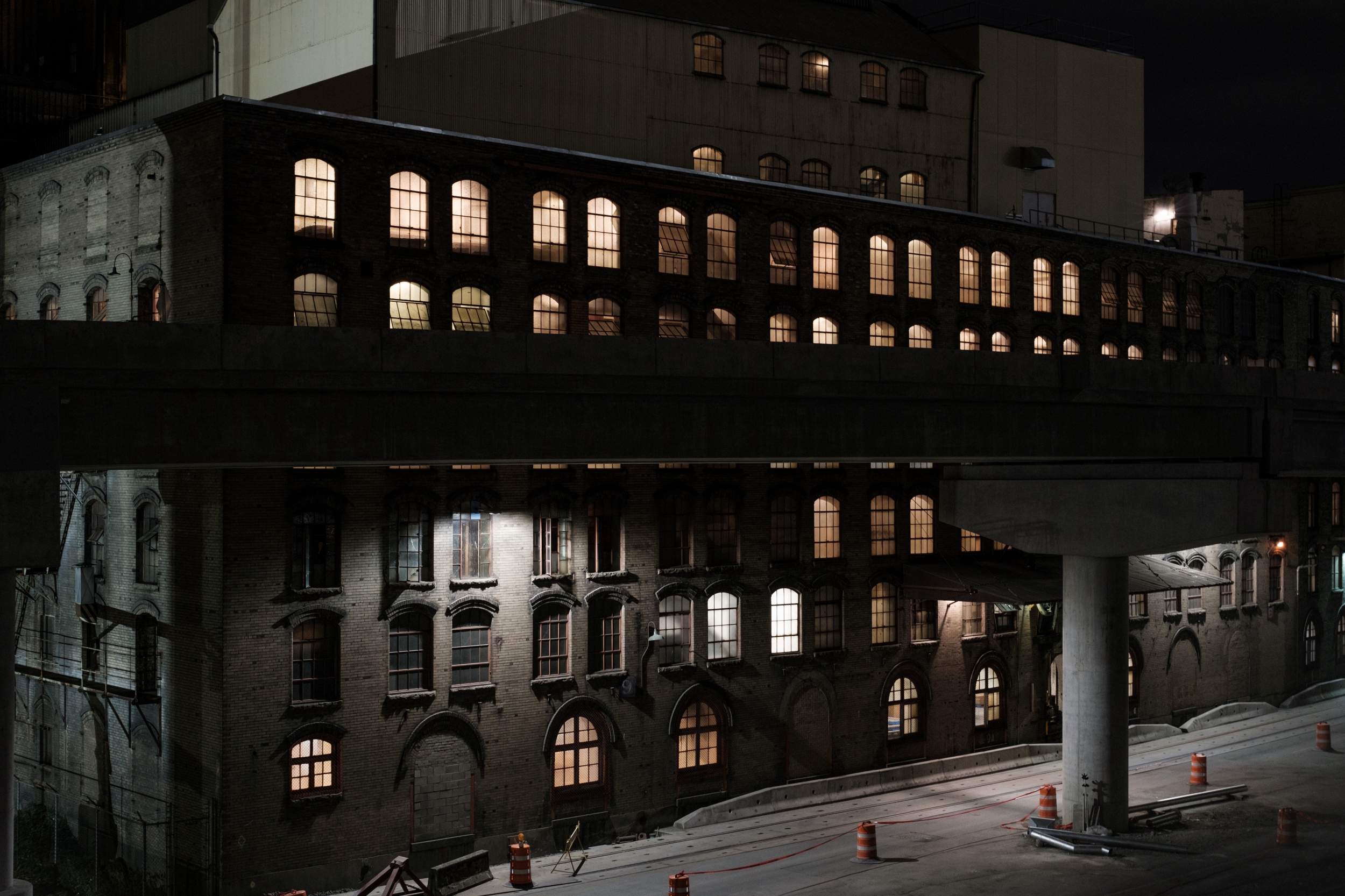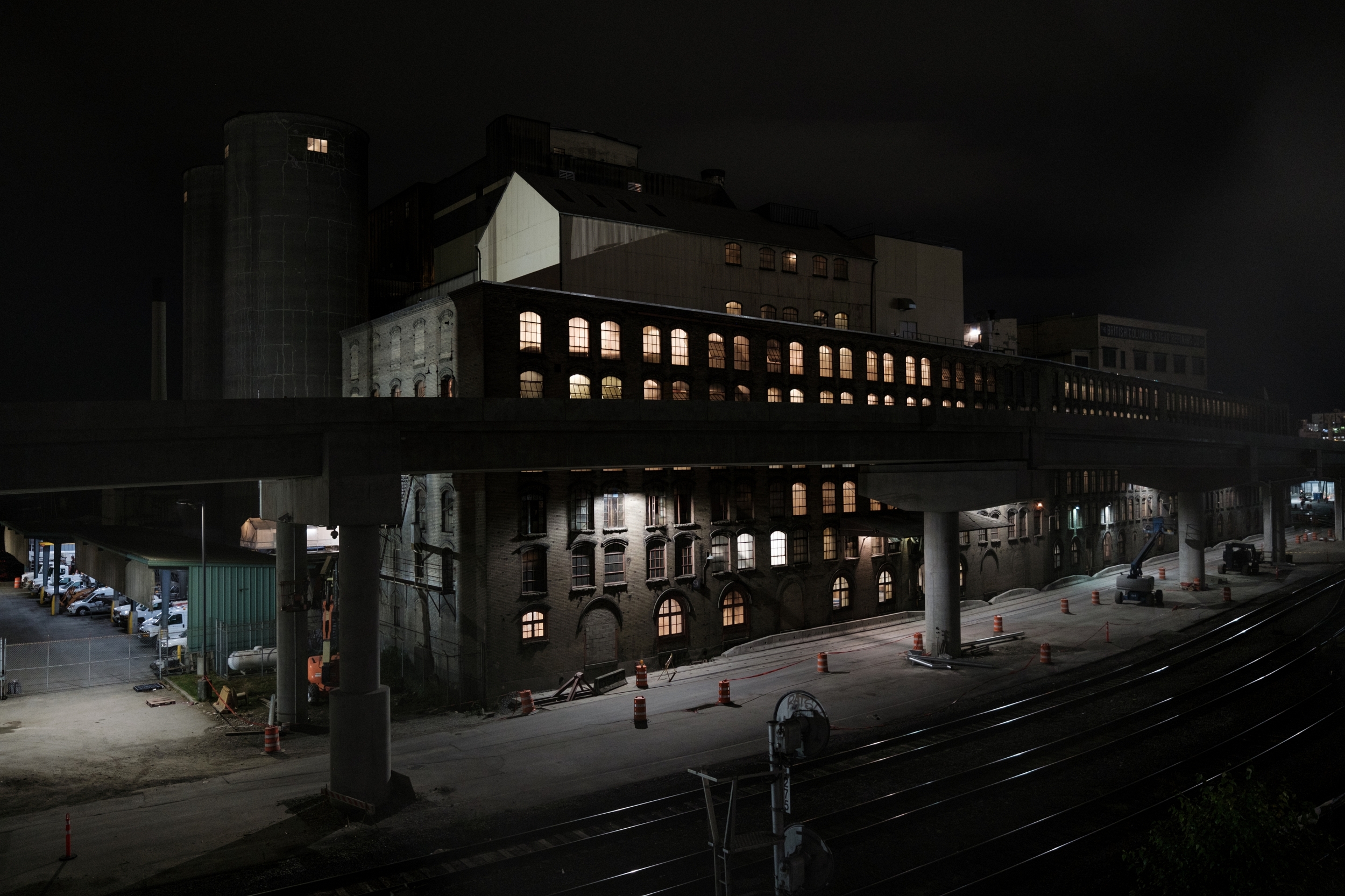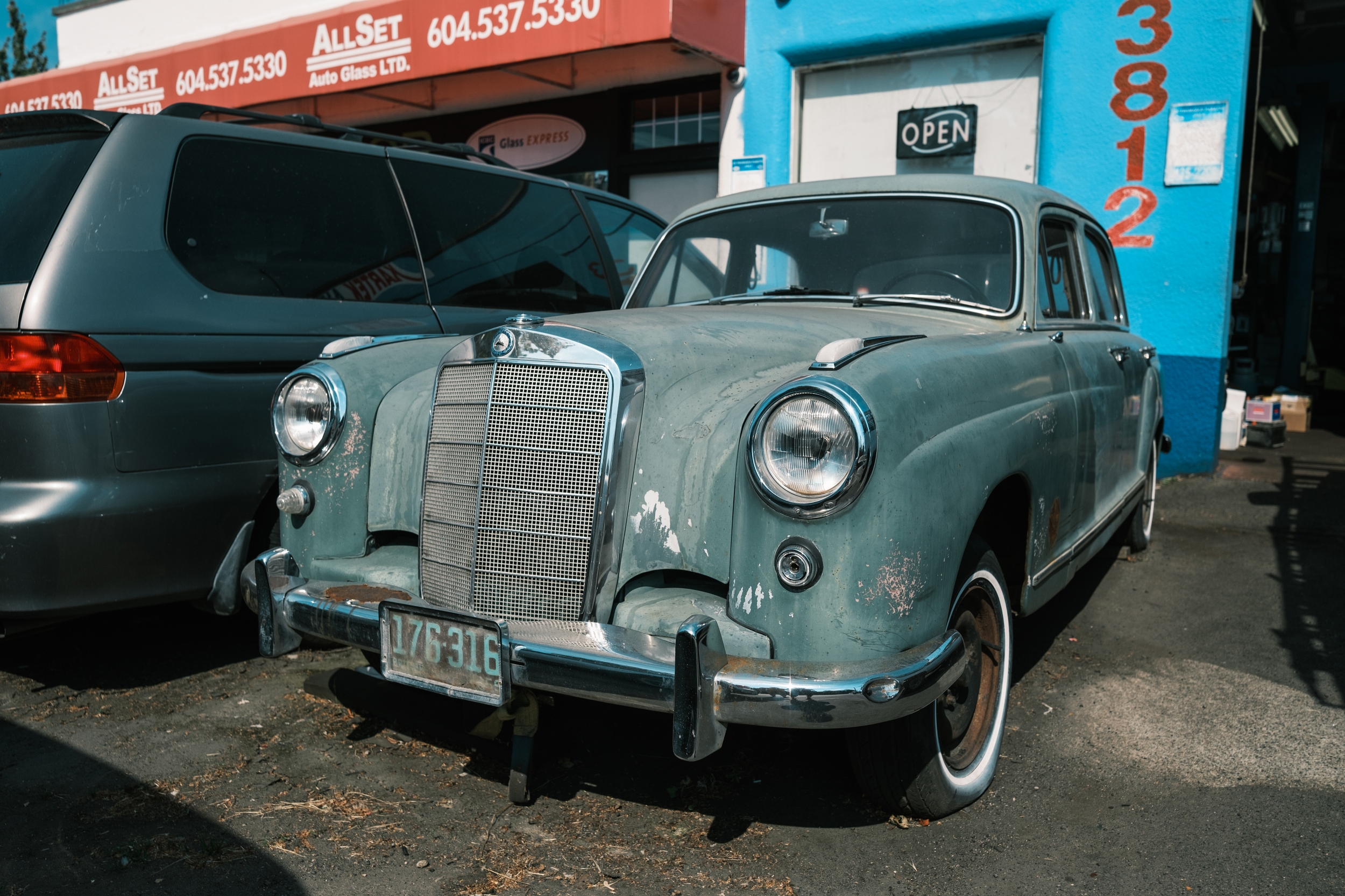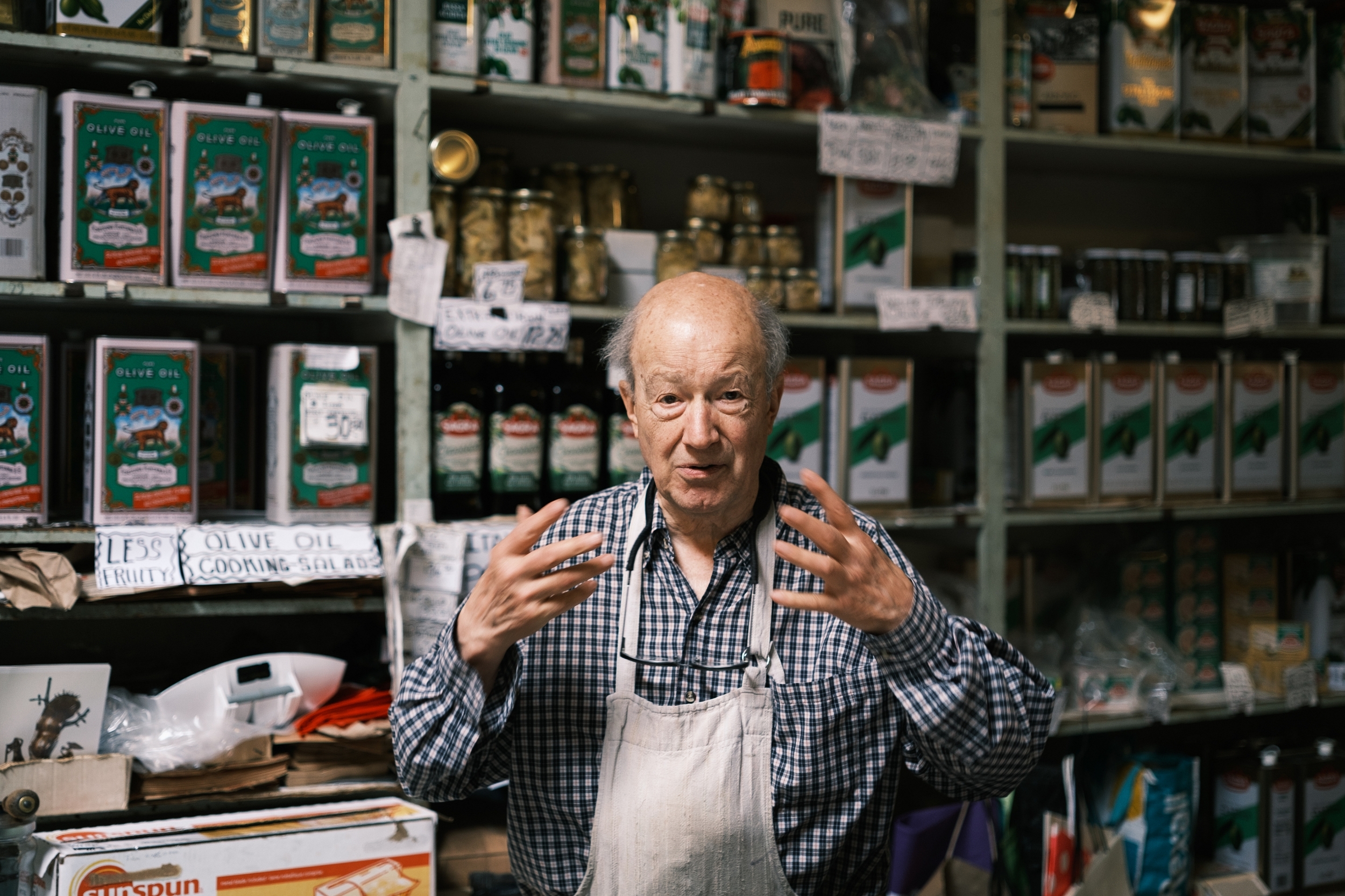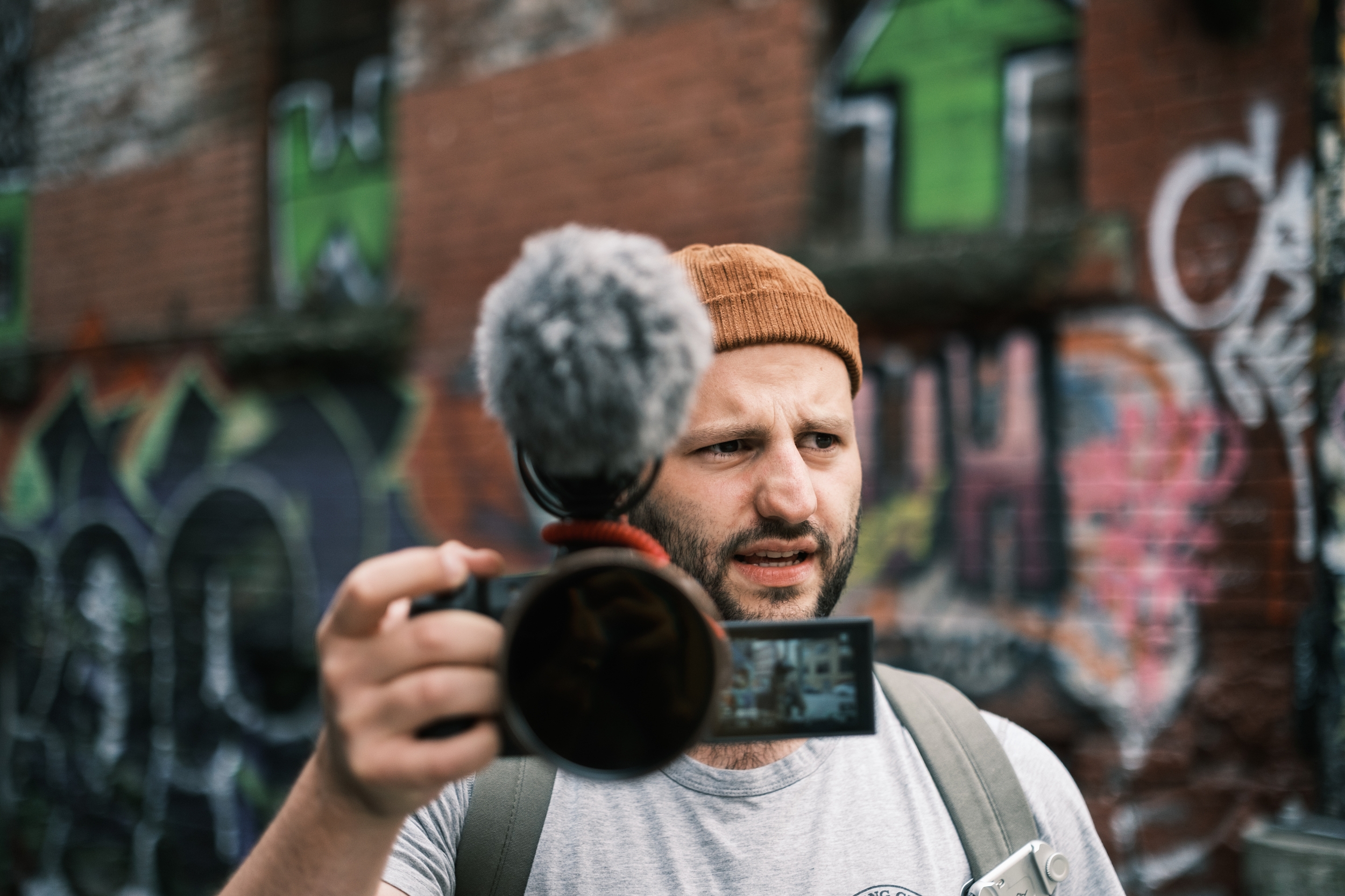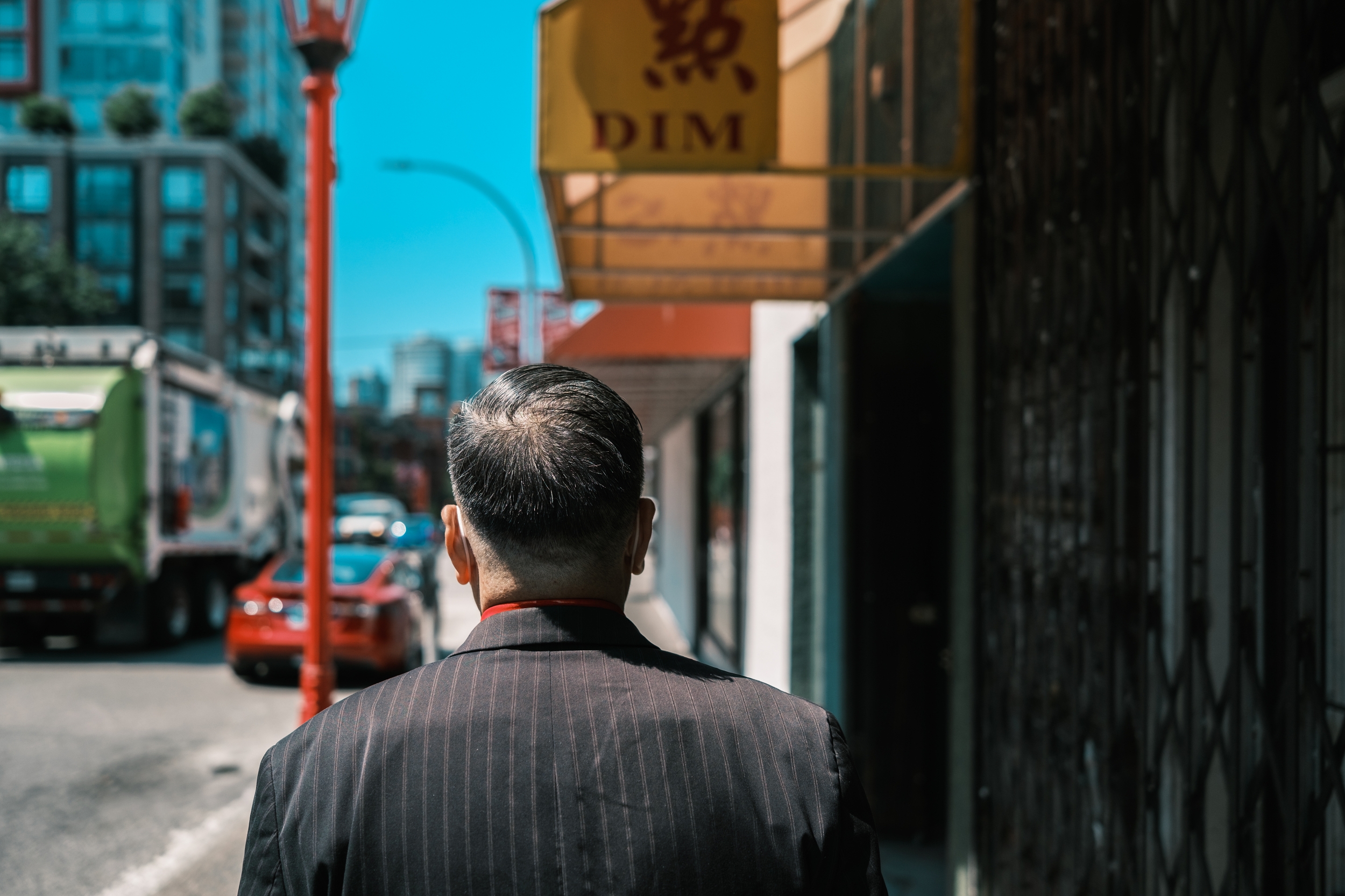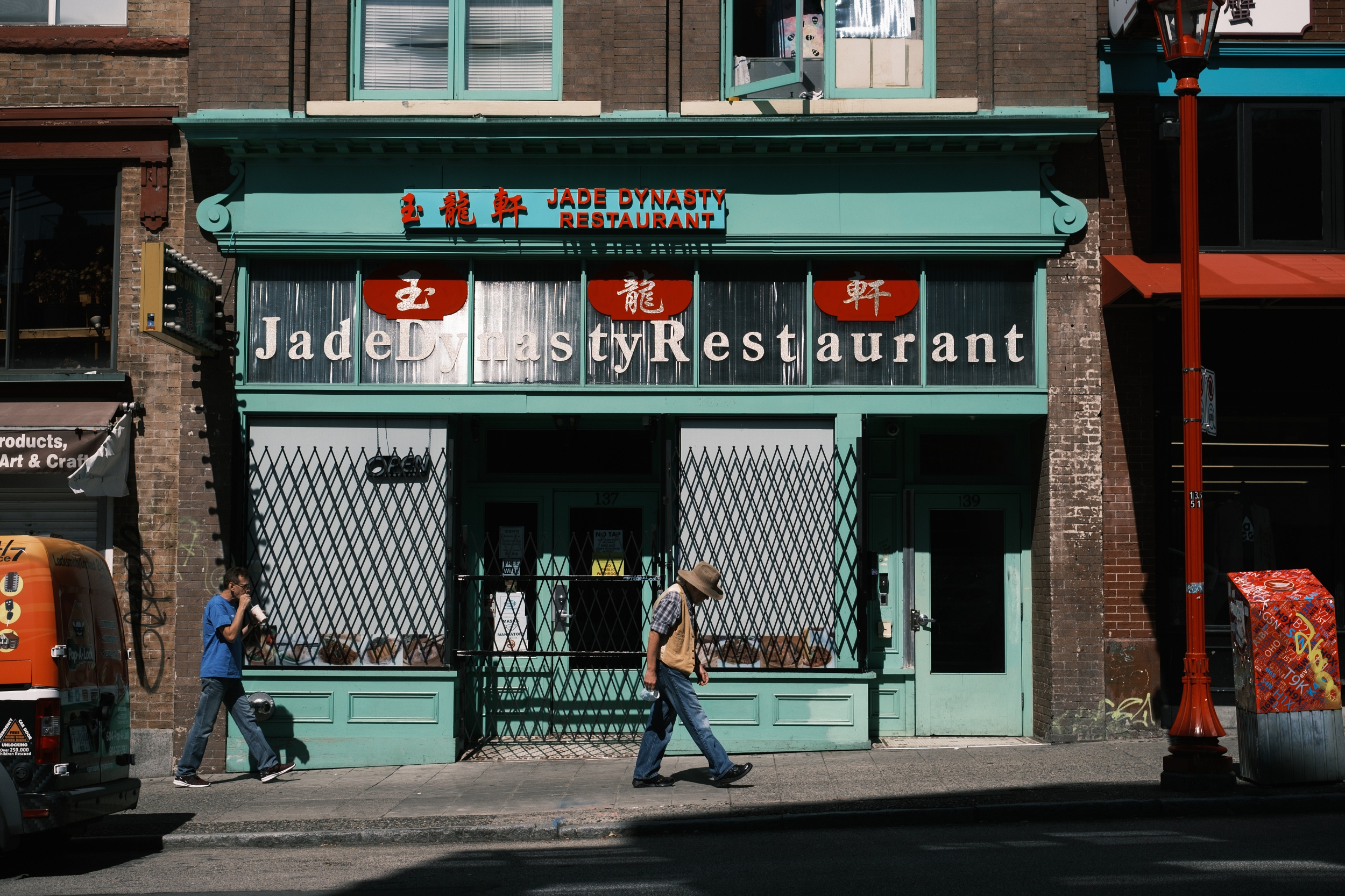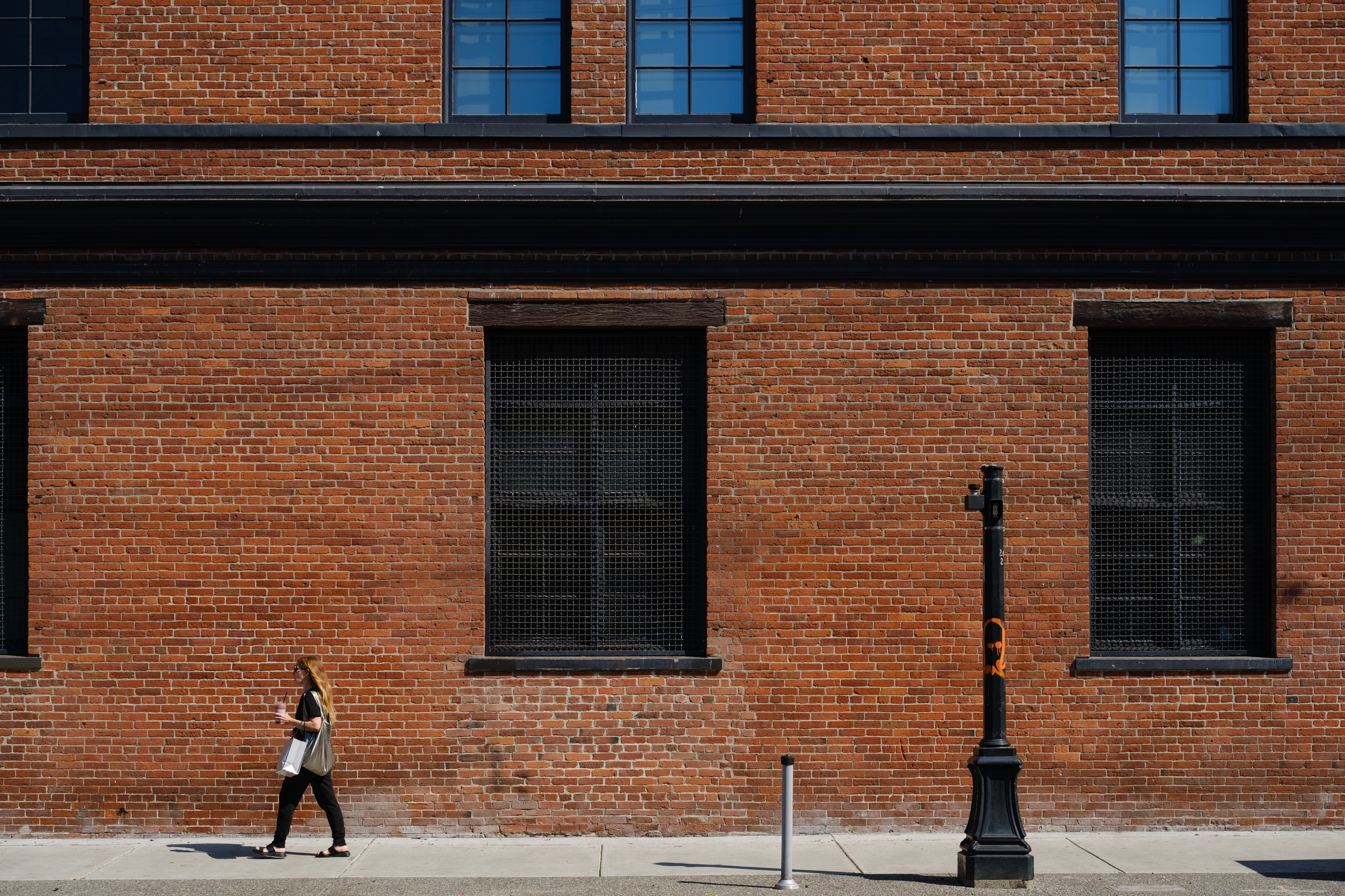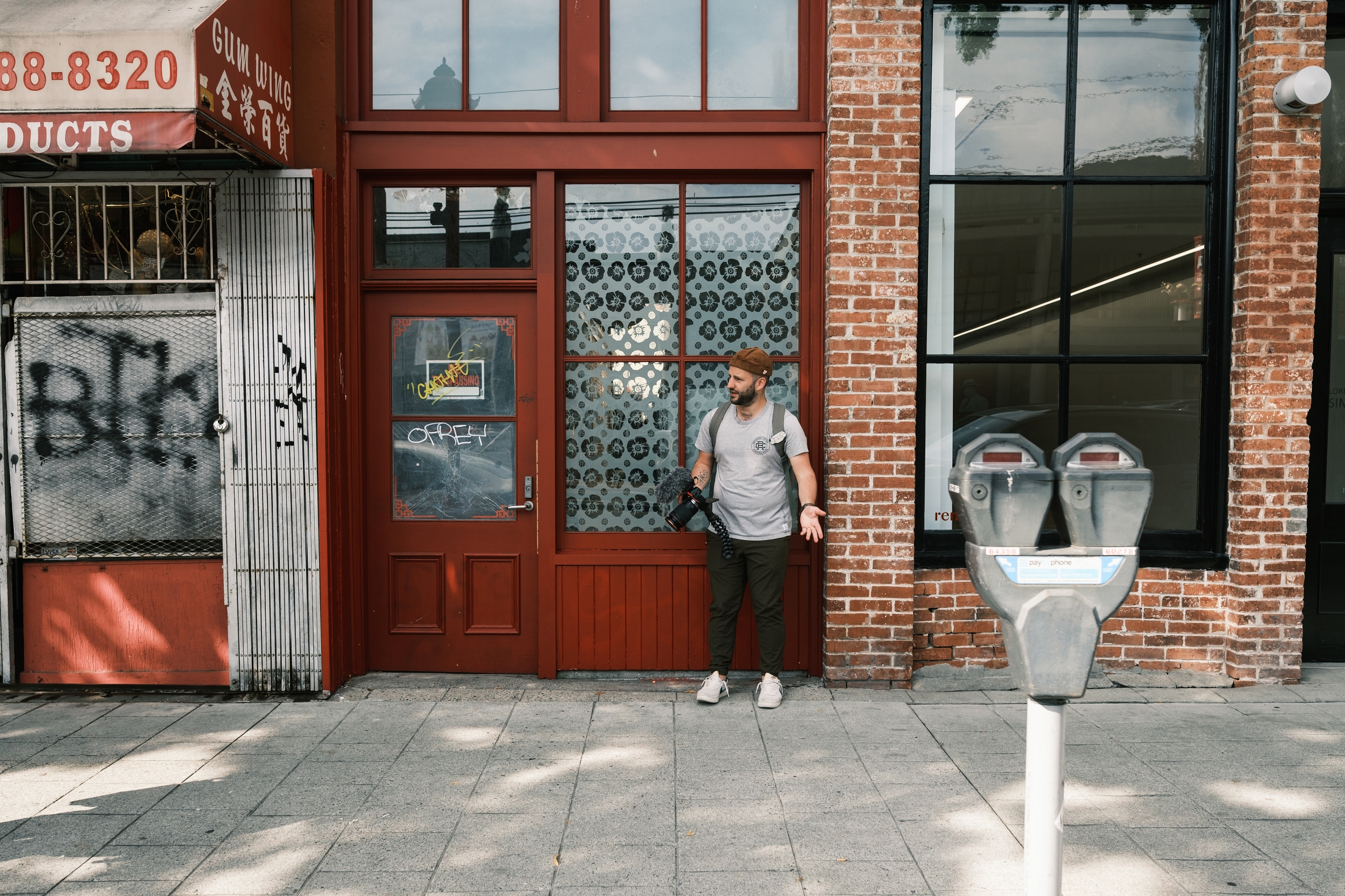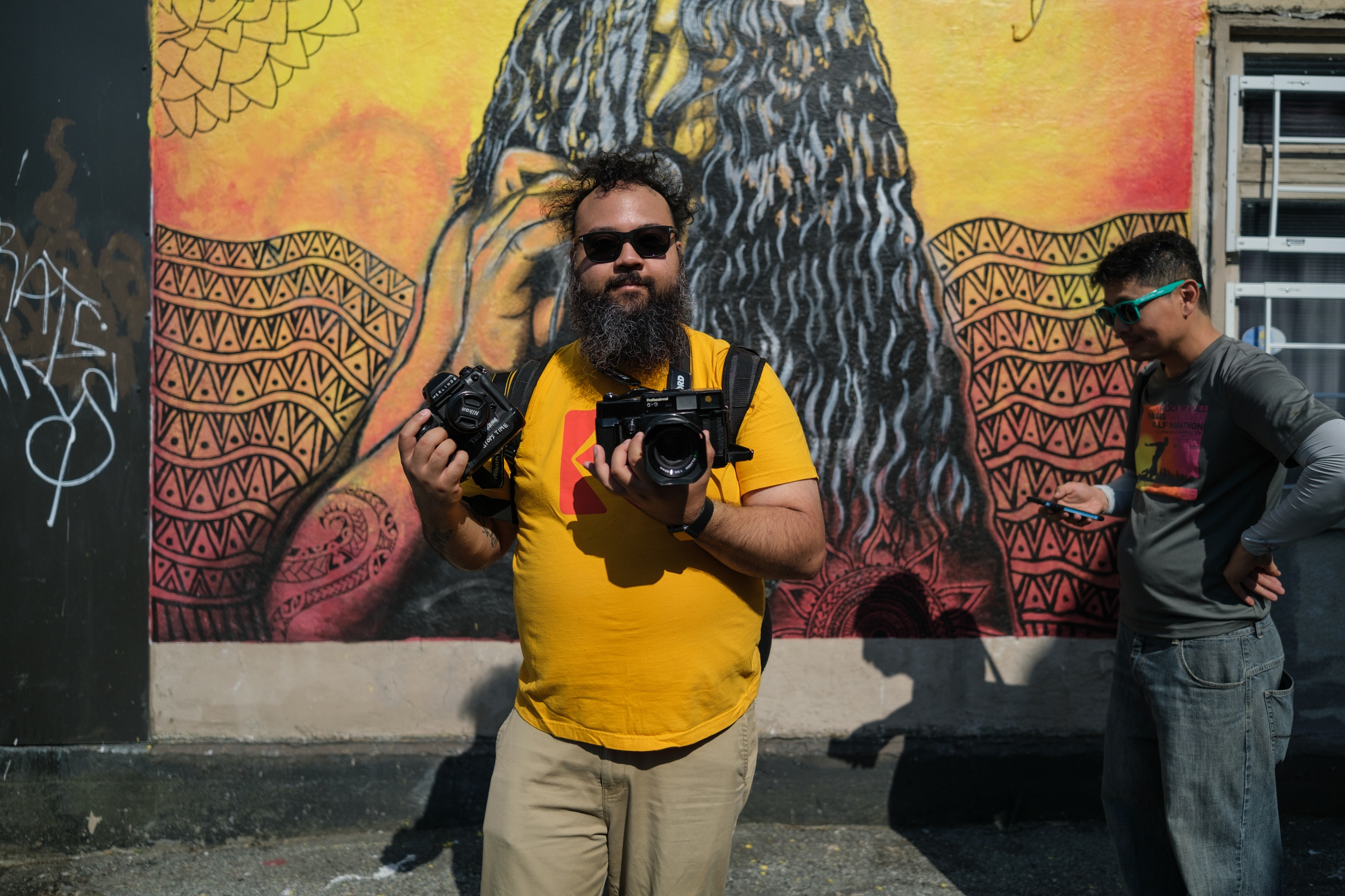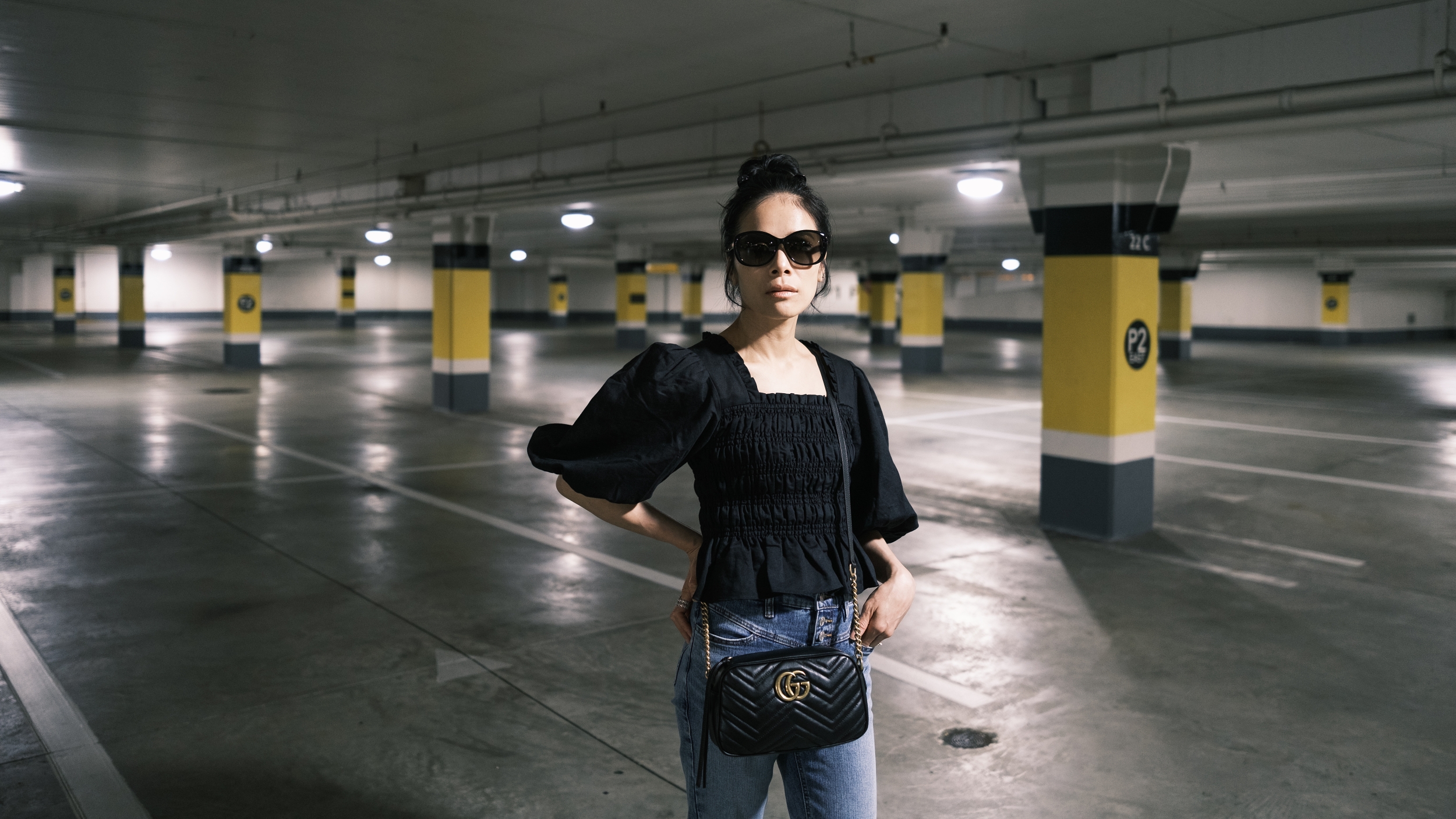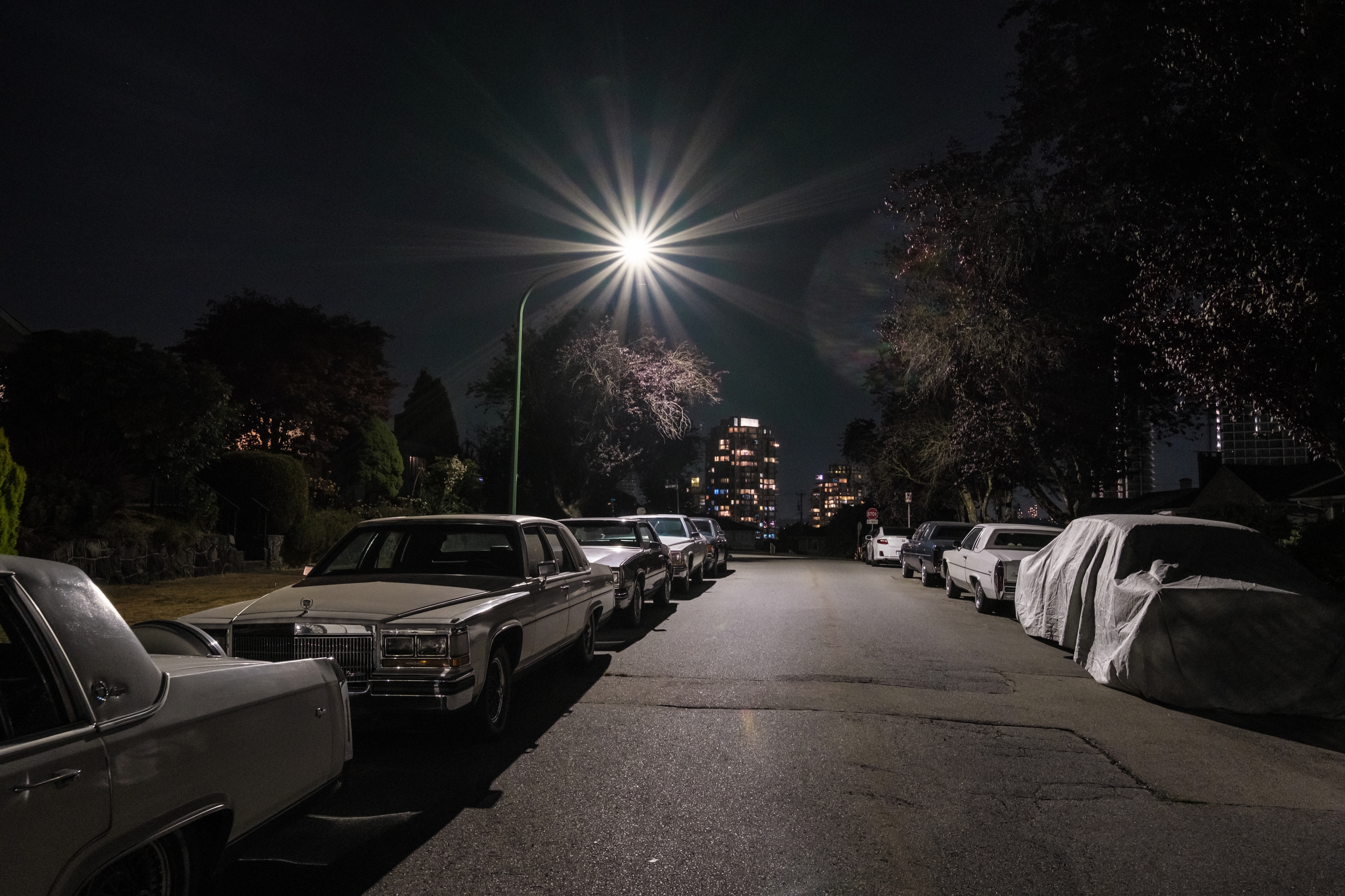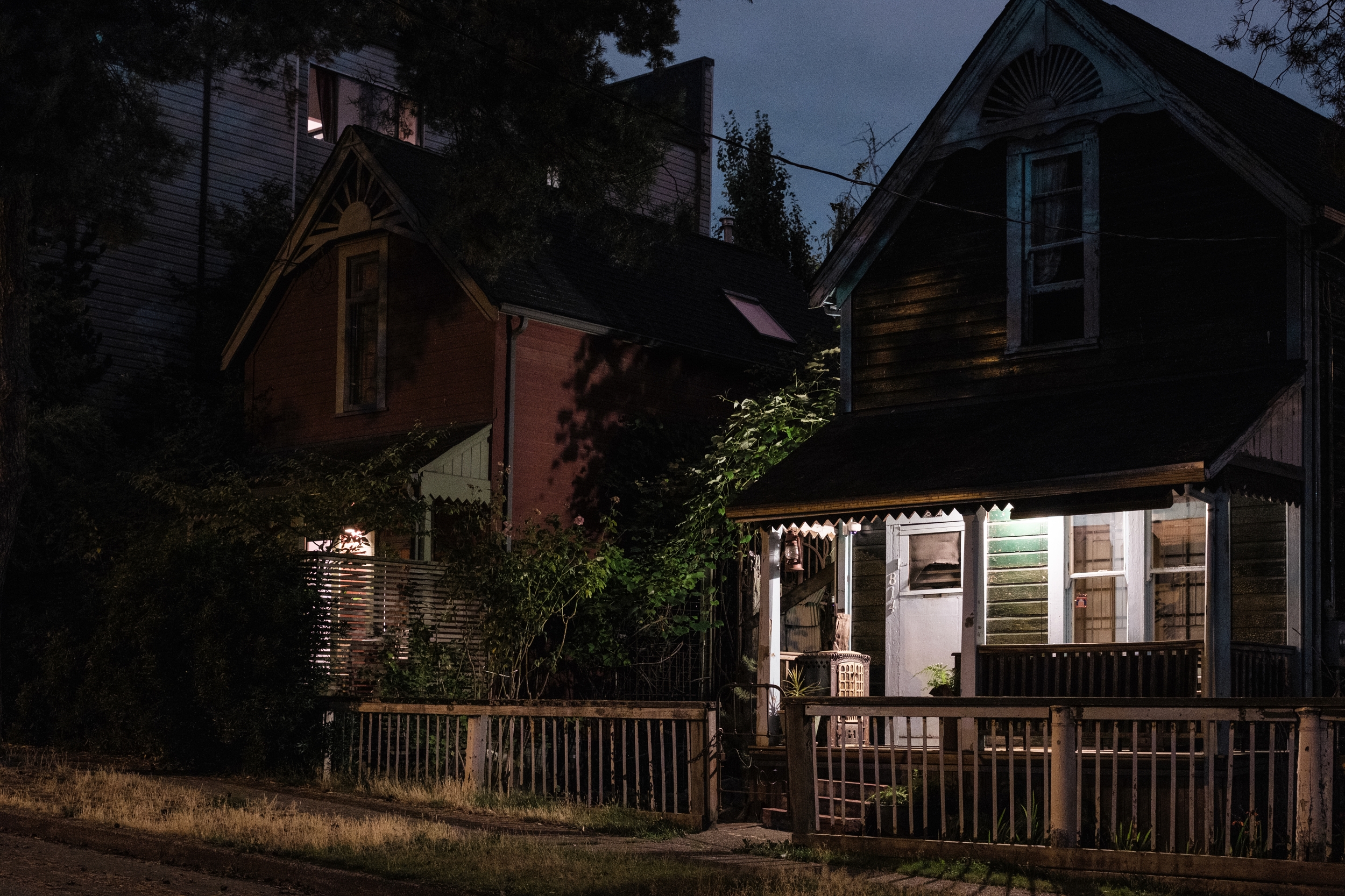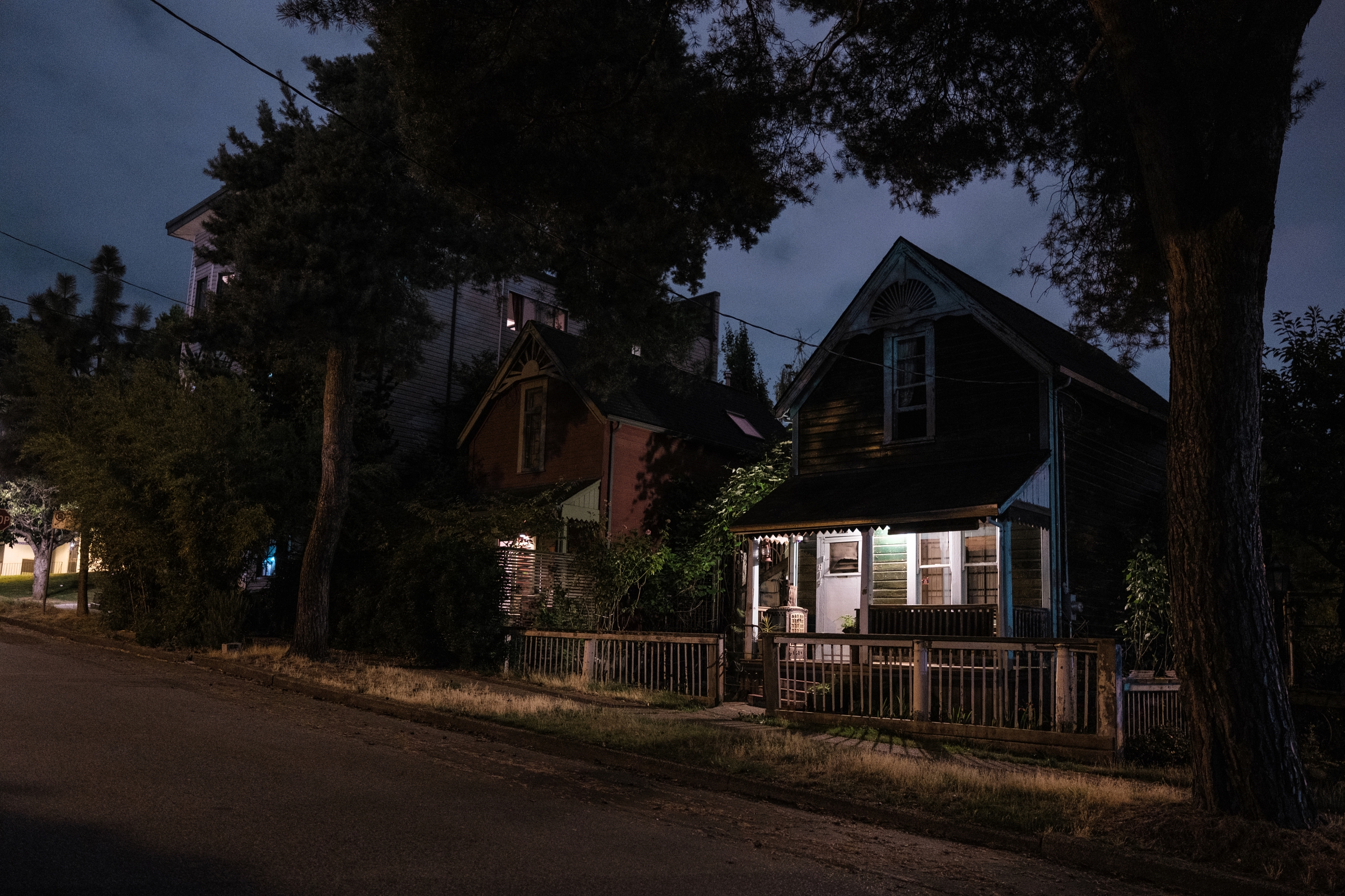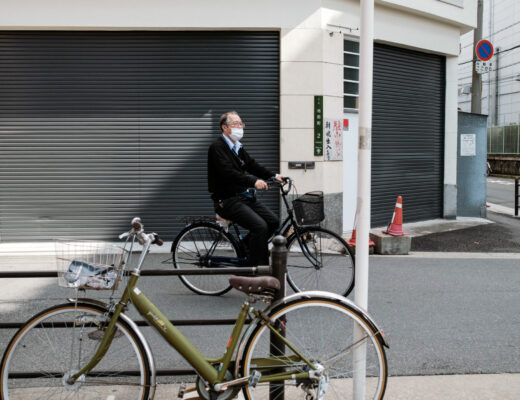The three most common focal lengths used for street photography are 28mm, 35mm and 50mm in full-frame. It is no accident then that the new high-performance ‘Fujilux’ primes that Fujifilm has recently launched are the XF18mm, XF23mm and XF 33mm with f/1.4 R LM WR features. Of the three, the new XF23mm will be the most popular, I’m sure of it. My favourite focal length is the 28mm equivalent, so the new XF18mm f/1.4 will be my choice. However, the 50mm is the classic street photography focal length (think Henri Cartier-Bresson). Since I’ve had the opportunity to test both the XF18mm f/1.4 and XF33mm f/1.4, I thought I’d share with you my experiences using both of these lenses with my street photography. Let’s discuss the strengths and weaknesses of both these lenses, and which lens most should consider for their street photography.
First of all, both the XF18mm f/1.4 and XF33mm f/1.4 are optically amazing. If you want pro-level optics for your Fujifilm cameras, these are the two best lenses I have tested for the X Series thus far. The only real negatives are size and weight. However, if you want top-notch lenses, you have to pay the price. Both lenses balanced well on the larger pro series bodies, but I found the X-S10 handles larger lenses nicely as well with the help of its large handgrip. If you like to manually focus, the larger front focus rings rotate smoothly with the right amount of resistance but it does take up most of the lens barrel length. The aperture ring with A-lock mode is also useful, but I do wish it was slightly tighter or have the ability to lock the aperture when shooting wide open at f/1.4.
The biggest difference in shooting style between these lenses is the shift in perspective based on what you are photographing. As an example, I can take a close-up portrait with both lenses. However, I have to stand much closer to the subject with the XF18mm versus the narrower field-of-view XF33mm lens. This can be both an advantage or disadvantage, depending on the situation. If you’re in a tight situation where you can’t stand back from your subject (sitting in a booth in a restaurant) or if you want to be able to communicate with your subject, then the XF18mm lens works out better. In addition, when you stand closer to your subject, you get more of the background into the image versus the XF33mm.
However, for close-up portraits, you do get less perspective distortion with the XF33mm versus the XF18mm. If you do a lot of portraits with your street photography, the XF33mm is the better choice if you want the least amount of distortion in your images. However, since you’re on the street, you can’t always back up to get your subject perfectly in the frame. This is why the best compromise focal length will probably be the new XF23mm f/1.4. You’ll get less compression and less bokeh with the XF23mm, but on the street, it will be a more versatile lens for most photographers.
As I forced myself to use both the XF18mm and XF33mm for my street photography, I did realise I liked both lenses for different situations. When I wanted to isolate and compress my images, the XF33mm was an awesome lens. I call it my ‘across the street’ lens for street photography. If you prefer photographing with a decent amount of distance between you and your scene, especially from across the street, the XF33mm lens is perfect. One negative of this distance is that random things can creep into your frame, such as people, cars or even cyclists. This isn’t necessarily a bad thing, but you do need to keep an eye peripherally if you want to control what will be in your frame.
With the XF18mm, I call it the ‘curb side’ lens for street photography. If I’m shooting straight towards buildings, I’m typically standing where cars park. I personally prefer this distance, especially when I’m on a narrow street or even a back lane. I also prefer the lack of compression. I like how the wide-angle lens pulls my subjects away from the background. If I want more definition in the background, all I have to do is stop my lens down to f/8-11. If I want separation via shallow depth-of-field, the f/1.4 aperture allows me to do it. Finally, because of the wider field-of-view, I have more options, more angles to frame my subject within the frame. With the XF33mm, I had fewer options, fewer angles to choose from. Overall, the XF18mm gave more flexibility and options for my style of street photography.
Moreover, both the XF18mm and XF33mm have unique qualities that can be utilised for various styles of street photography, or any type of photography. The XF18mm allows more of the environment to be included in the image, while the XF33mm helps to isolate and compress the images. For some, the difference between the two lenses can be mitigated by getting the new XF23mm f/1.4. It’s just wide enough to get more of the background into the image, while still being narrow enough to compress the subject with the background. If I could recommend a single lens, I would suggest the XF23mm or 35mm equivalent. However, there are photographers out there who are diehard XF18mm or XF33/35mm shooters. Instead of picking a lens that’s in the middle, many photographers want a lens with a distinct look and feel. If I were to suggest two prime lenses for street photography, I would 100% recommend the combination of the XF18mm and XF33mm. Let me know which of these three new prime lenses you want for your photography. Would you get just one, two, or perhaps all three? Thanks for reading and happy shooting!


